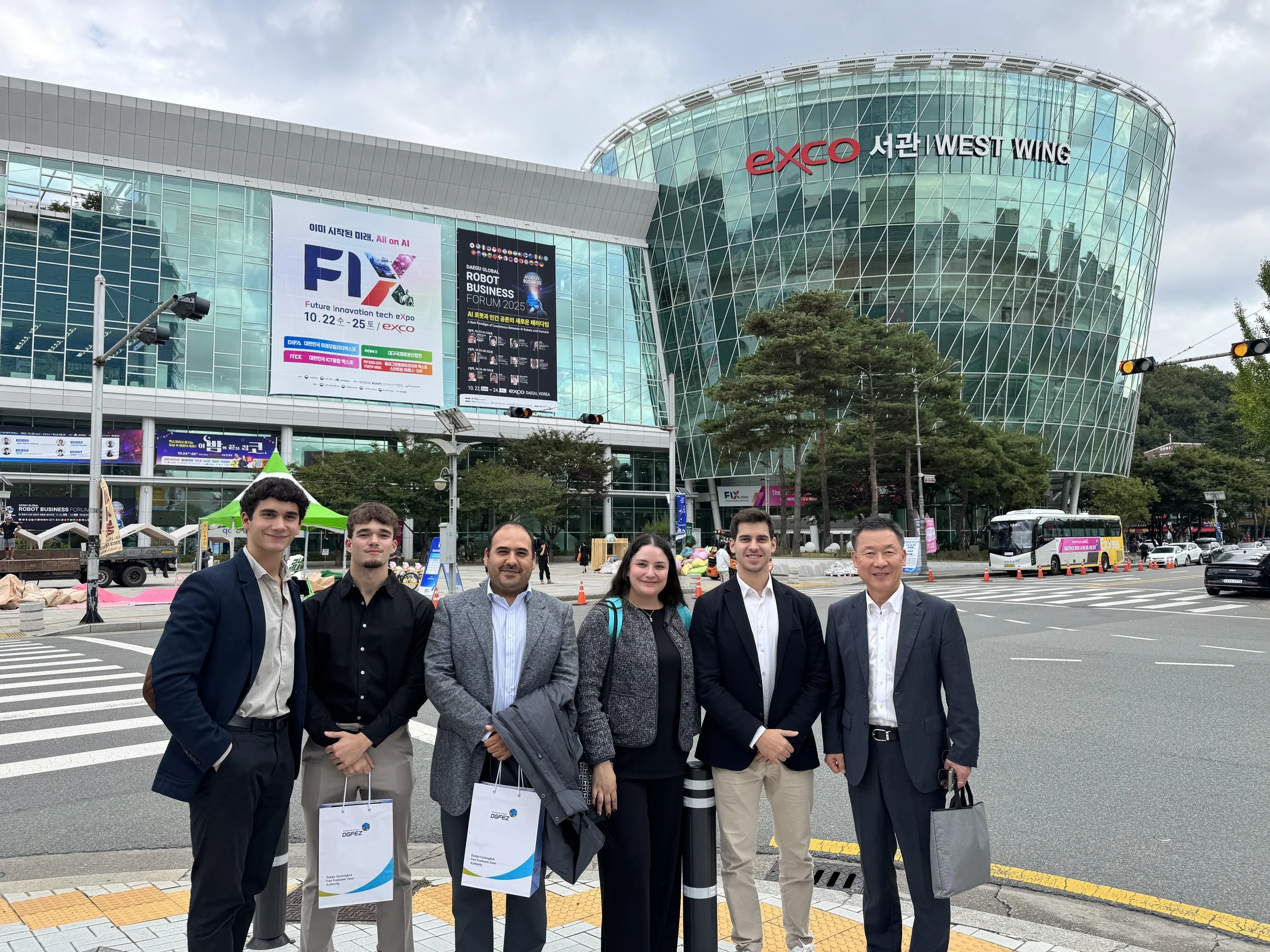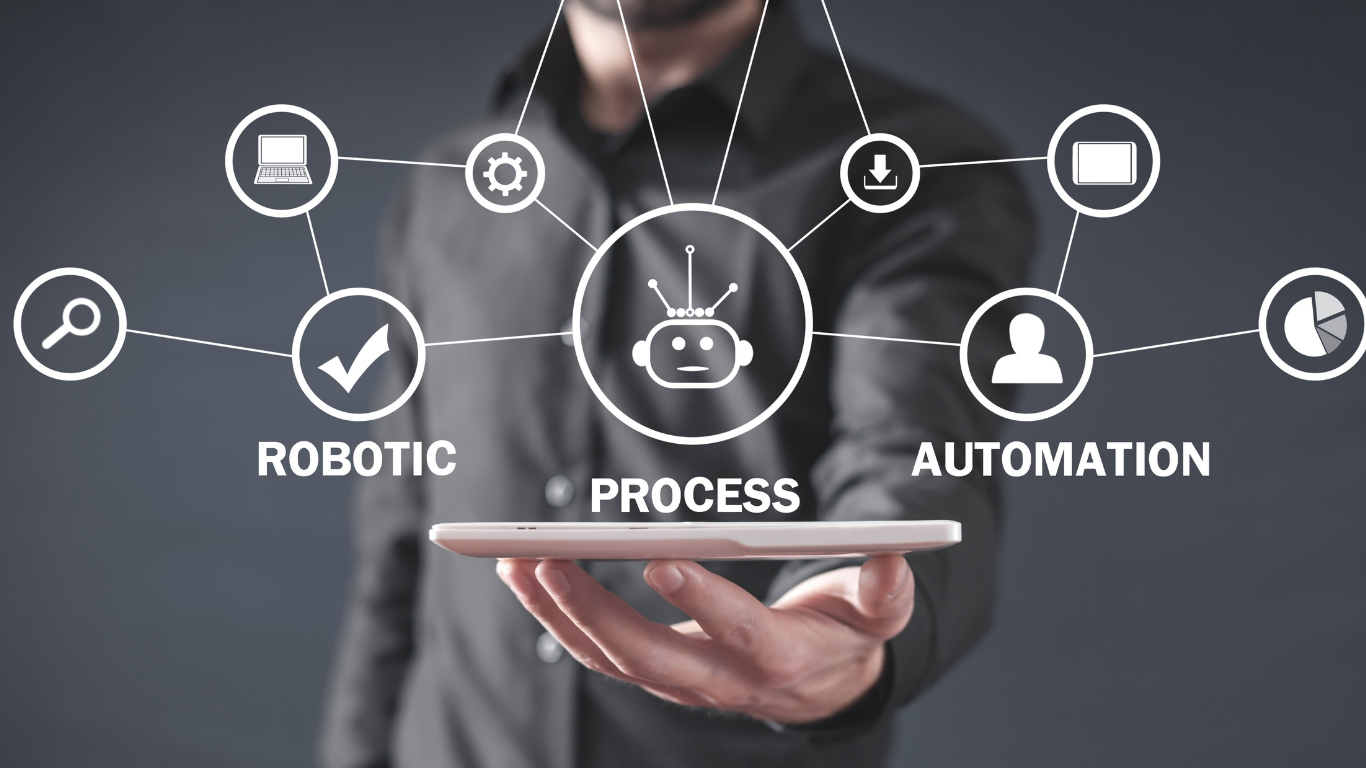RPA vs AI automation: the key to intelligent automation in business
The combination of RPA and AI automation is redefining the way we work across all industries, but there is still confusion about their differences and actual uses. (Recent studies estimate cost reductions of up to 50% when the technology is well aligned with the type of task.) This article presents practical tips and real-life cases to guide investment decisions.
Automation training: the key to enabling internal teams to lead change
Training in automation has become a strategic priority for companies that want to remain competitive. Recent reports indicate that almost nine out of ten organizations will need new technological skills in the next twelve months, while only a minority feel prepared (data from a global study on digital skills in 2025). This gap requires a redesign of how internal teams are trained and how the adoption of new automated tools is supported.
How to choose an automation partner for large-scale projects
Selecting the right automation partner is crucial when projects grow in complexity and scope (almost 60% of organizations have implemented automation in the last 12 months). More than a technical decision, it is a strategic commitment that can accelerate competitiveness and reduce operational risks in a sustainable way.
Best practices for an automation Center of Excellence that drives business value
In an environment where automation has become strategic, many organizations create a Center of Excellence in automation to coordinate investments and accelerate results (a recent study indicates that structured automation programs can reduce operating costs by double digits). A well-designed CoE concentrates talent, governance, and standards to maximize impact.
Digital Robots boosts the ROI of automation with AI, process mining, and enterprise governance
Automation is generating tangible ROI thanks to faster processes, fewer errors, and greater operational capacity. With technologies such as RPA, AI, and process mining, Digital Robots helps organizations convert efficiency into real and sustainable financial value.
Business automation 2026: keys to a sustainable competitive advantage
Business automation 2026 is shaping up to be the next big leap in competitiveness. Far from being a distant promise, executives are already accelerating investments to combine AI, data, and connected processes, reducing costs and gaining operational agility in an increasingly uncertain economic environment.
Managing organizational change in IA and RPA initiatives for sustainable adoption
In many companies, organizational change management and deployment of AI and RPA proceed along parallel paths, generating friction and resistance. Without a human and structured strategy, even the best AI model or the most sophisticated bot is underutilized: studies indicate that about 70% of change initiatives fail to achieve their objectives.
Mistakes in scaling RPA that hold back the value of automation
Scaling up RPA promises massive efficiency, but many programs remain isolated pilots or generate more incidents than benefits. Studies by consulting firms estimate that between 30 and 50% of the first implementations fail, mainly due to avoidable design and management decisions. Knowing the typical errors when scaling RPA and how to anticipate them is key to protect the investment.
AI-Powered Automation's definitive guide to transforming business efficiency
AI-Powered Automation is no longer a promise but a real driver of change. By combining generative AI models with process automation, companies reduce manual tasks, accelerate decisions and gain visibility into their critical workflows. A recent study indicates that intelligent automation can cut up to 30% of operational costs in administrative areas.
FIX2025 South Korea: Digital Robots' experience in the Asian tech ecosystem
Digital Robots participated in FIX2025 South Korea, one of the most relevant technological events in Asia, where it was able to learn first-hand how the country drives innovation, automation and digital culture. Through a guided visit by the Spanish Chamber of Commerce in Korea (ESCCK), the team explored projects, demonstrations and solutions based on advanced automation.
How to train internal teams for frictionless automation adoption
Integrating automation into an organization depends not only on the technology, but also on the real ability of internal teams to operate, improve and scale these solutions. When training is strategically designed, adoption is accelerated, errors are reduced and a culture where innovation becomes part of daily work is fostered.
Hyper-automation, the new driver of digital business transformation
Digitization is no longer just about moving systems to the cloud or launching apps for mobile devices. Hyper-automation is the next big thing, a tactic that integrates process automation, advanced analytics and artificial intelligence to completely reinvent the way organizations operate and extract value from their data.
Hyper-automation drives process management towards business intelligence
Process management is becoming an intelligent ecosystem in 2025 due to the confluence of artificial intelligence, machine learning, robotic process automation (RPA) and business process management (BPM). This integration is attracting business interest by freeing employees from repetitive tasks and opening up new strategic opportunities.
How to design the ideal collaboration between people and artificial intelligence
It is necessary to develop procedures that integrate humans and machines in complementary work contexts within a business environment where artificial intelligence changes functions and activities. It is a method that generates interest because it recovers the role of the human being as the central axis of collaboration.
RPA elevates customer experience with agility and accuracy
Robotic Process Automation (RPA) is becoming a crucial enabler to improve customer service through immediate responses, constant attention and fewer failures. By deploying bots that handle frequent queries, operational efficiency and satisfaction are combined, strengthening the relationship with the user.
Hyper-automation and BPM: the intelligent drive that transforms business processes
Hyper-automation, which integrates artificial intelligence, RPA and machine learning in the context of BPM, enables the generation of adaptive and intelligent flows. This combination, together with the use of process mining and low-code platforms, provides complete visibility, early identification of bottlenecks and reactive improvements in terms of efficiency.
Humans and machines: an alliance that enhances collaborative work
The new focus on human-AI collaboration is attracting attention for proposing a positive transformation in teamwork, sparking interest in rethinking the relationship through joint action. This awakening reflects how AI can motivate new forms of effective collaboration.
Digital Robots: especialistas en hiperautomatización para transformar operaciones de principio a fin
From Spain, Digital Robots transforms automation into strategy. Its focus on hyper-automation connects AI, RPA and process mining to generate real and sustainable value.
Transformational RPA automation success stories
Recent cases show that robotic automation of processes has improved operational efficiency in key areas. This story attracts attention by showing measurable achievements and immediately generates interest. It clearly exposes the yearning for innovation in companies and presents definite action to duplicate this progress.
Intelligent innovation transforms low-code automation
Low-code automation is reaching a new level by including ethical artificial intelligence. Jitterbit introduced a revolutionary evolution of its platform that promises efficiency and control without sacrificing ease.




















